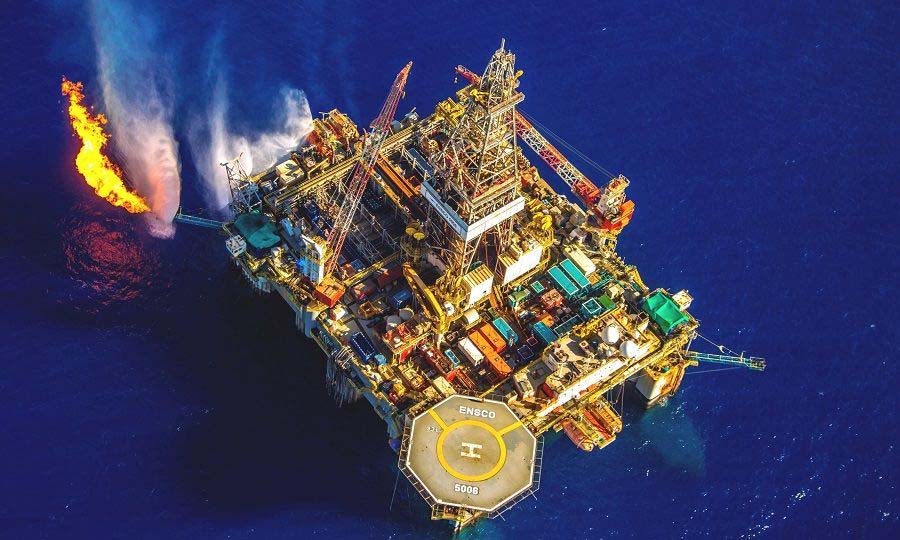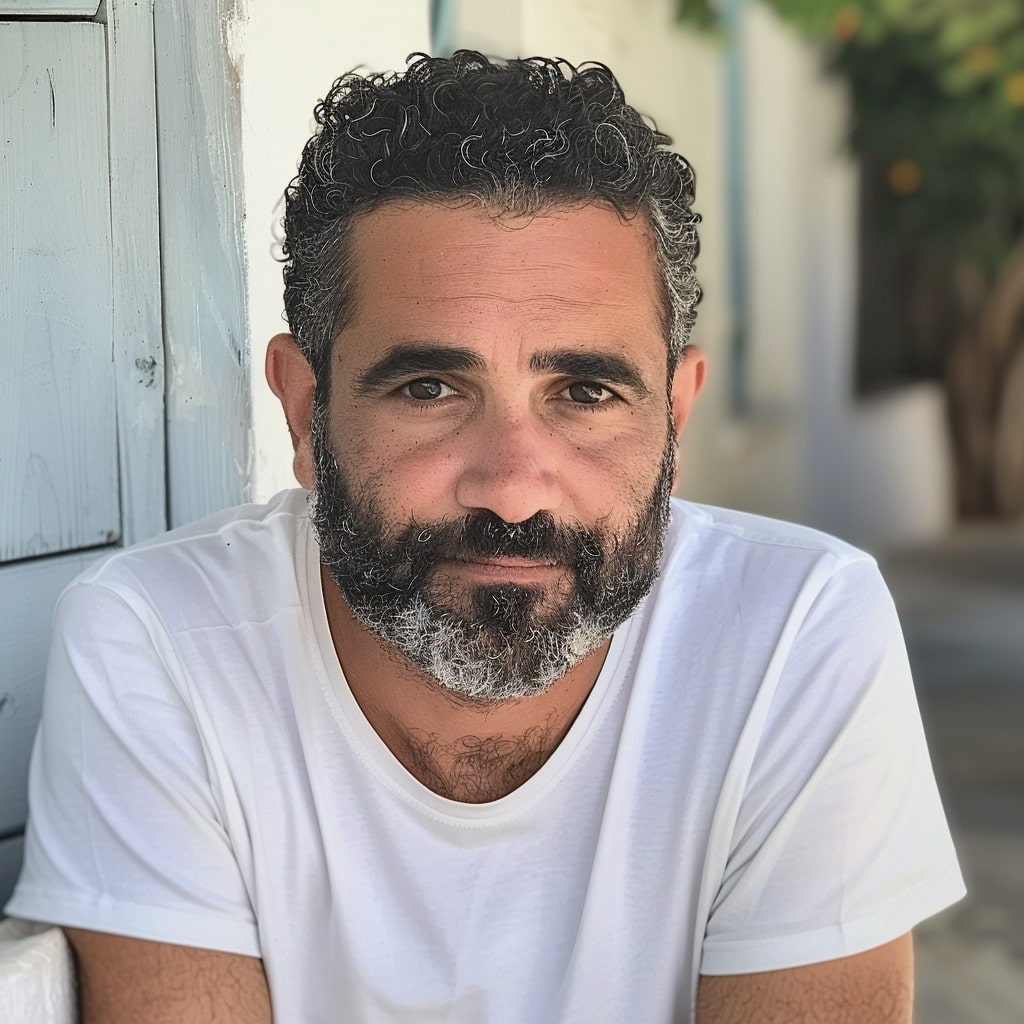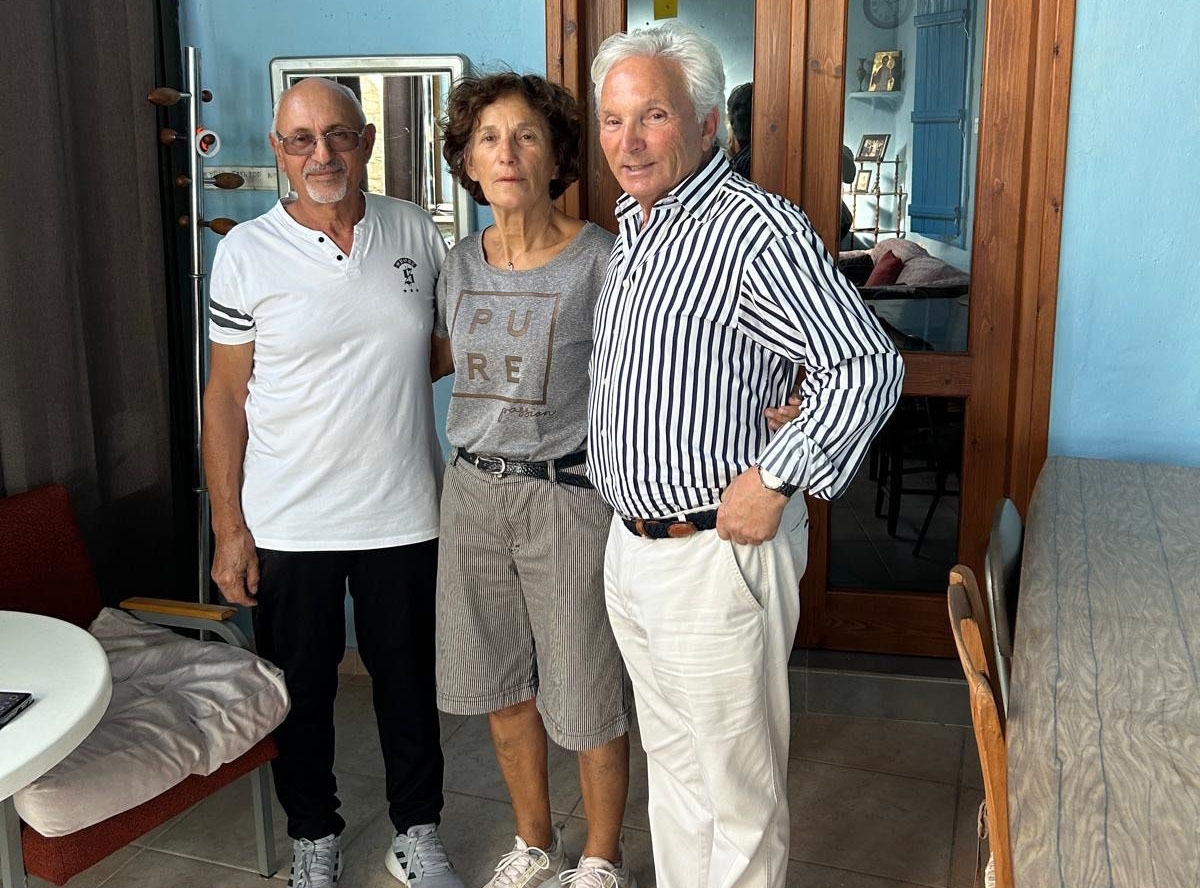Three presidents and 13 years after the discovery of gas in the Aphrodite field, the government this week clinched a deal with US oil giant Chevron for the development of the reservoir. And though it came quietly, without preceding fanfare, it was not totally unexpected.
In a joint statement with Chevron on Friday, the Cyprus energy ministry said it looks forward “to the expeditious development of the field via Egypt’s facilities, a tangible step towards establishing the role that Cyprus envisions in the energy sector of the region, for the benefit of the country and its people.
“We will be monitoring closely the fulfillment of the obligations of Chevron and its partners, on the basis of the approved Development and Production Plan and the Production Sharing Contract.”
Vice President, Chevron International Exploration & Production Frank Cassulo said: “Chevron values its partnership with the Republic of Cyprus and we believe it is important that Aphrodite is developed for the benefit of the Republic of Cyprus, and the Eastern Mediterranean region. This is also aligned with our strategy to deliver affordable, reliable, and ever-cleaner energy.”
The approved development and production plan (DPP) includes a Floating Production Unit (also known as a gas processing facility) in the Cypriot Exclusive Economic Zone and a pipeline for exporting gas to Egypt.
“The approval of the modifications to the DPP and the Production Sharing Contract milestones aim to advance technical and engineering work in relation to Front End Engineering and Design and towards a Final Investment Decision for Aphrodite,” the joint statement concluded.
No further details were given at the time. But decoding the jargon means the gas extracted from Aphrodite would be piped to liquefaction infrastructures in Egypt – where a sharp decline in domestic gas production combined with growing consumption caught authorities off-guard last year and led to rolling blackouts over the sweltering summer.
As for the Front End Engineering and Design (Feed), it’s an engineering design approach used to control project expenses and thoroughly plan a project before a fix bid quote is submitted. It’s also referred to as a feasibility analysis.
The Feed is the detailed engineering phase that precedes and underpins the Final Investment Decision (FID). The FID is the formal approval from a project developer to proceed with a specific project, marking the commitment to allocate capital resources and move from the project planning stages to execution.
There have been many bumps on the road since the announcement of Aphrodite’s discovery at the tail-end of 2011.
Noble Energy had received the concession to explore in Cyprus’ Block 12 in October 2008. In August 2011, Noble entered into a production-sharing agreement with the government regarding the block’s commercial development.
The drilling, which took 116 days to complete, resulted in the finding of gas in high-quality Miocene sand intervals at the Aphrodite field.
In 2015, Noble Energy, Delek Drilling and Avner Oil Exploration filed a Declaration of Commerciality of the field to be followed by a development and production plan. Noble Energy sold a 35 per cent stake of Block 12, which included Aphrodite, to BG for $165 million.
The ‘original’ development plan, submitted by Noble Energy, provided for a Floating Production Unit, production wells and a nominal maximum production capacity of approximately 800 million cubic feet per day.
In October 2020 Chevron Corporation bought out Noble Energy in a multibillion-dollar deal. Obviously this also meant that Chevron acquired Noble’s assets in Cyprus, and became the operator in the Aphrodite gas field. Chevron owns 35 per cent of the stake, BG Cyprus (Shell) another 35 per cent, and NewMed Energy (formerly Delek) 30 per cent.
Amid all this, in January 2021 Chevron and its partners in Israel’s Leviathan and Tamar gas fields inked a deal to invest $235 million in a new subsea pipeline, expanding existing facilities.
According to an announcement at the time, the pipeline would connect facilities at the Israeli city of Ashdod to the East Mediterranean gas (EMG) pipeline at Ashkelon, enabling Chevron and its partners to increase gas exports to Egypt.
Cyprus, meanwhile, seemed forever stuck in first gear.
An appraisal well drilled in the first half of 2023 lowered Aphrodite’s estimated reserves from 4.5 trillion cubic feet (tcf) to 3.5 tcf, impacting the economics of such a development.
The ‘saga’ with Chevron began in August 2023 when Cyprus rejected the company’s revised DPP. This was followed by a re-revised DPP in March 2024. By April that was also rejected by the energy ministry, which also delivered an ultimatum to proceed with the Feed studies within the next six months, adhering to the 2019 plan.
Seemingly, great distance separated the two sides. Central to the 2019 plan, which Cyprus wanted to retain, was the use of the Floating Production Unit – a floating platform – over the gas field, where gas would be processed and then exported to Egypt by subsea pipeline.
Also, the use of an FPU would allow water re-injection into Aphrodite’s reservoir to maintain production levels during the latter years of the field’s life, to overcome pressure loss. It could also allow the construction of a pipeline to bring some of the gas to Cyprus, should that be considered to be commercially viable, something the government had been pushing for.
Chevron’s revised plan of late 2023 did not include an FPU and reduced the number of wells from five to three, leading to reduced gas production – down to 650 million cubic feet a day from 800 million cubic feet a day per the 2019 blueprint.
Fast-forward to September 2024, when President Nikos Christodoulides commented that the updated development plan for Aphrodite was moving “in the right direction” as it was “close to the positions of the Republic of Cyprus”.
He added at the time: “For us, Chevron’s presence, the US giant in Cyprus’ exclusive economic zone is a vote of confidence. We will evaluate the new proposal and share our position.”
A little later, in mid-December, the energy minister said the government would respond within days as to whether it accepted Chevron’s plan.







Click here to change your cookie preferences